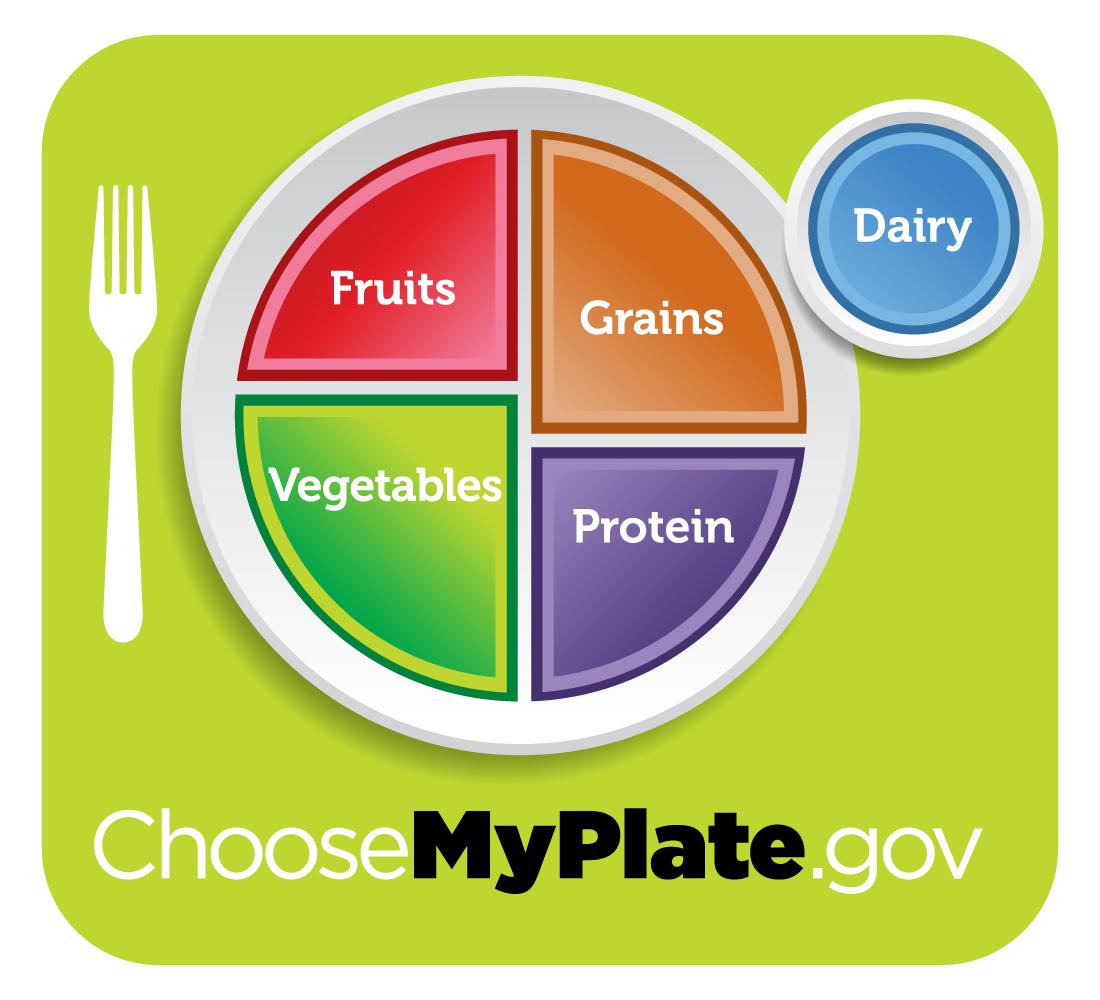ON-CAMPUS OPTIONS DURING NATIONAL NUTRITION MONTH—
I am willing to bet that nine out of 10 readers were, until now, unaware that March’s calendar has more than just St. Patrick’s Day – it is also, according to the Academy of Nutrition and Dietetics, the year’s official National Nutrition Month. With spring break and warmer weather rapidly approaching, March is the perfect month to begin developing healthy, informed eating habits.
In general, college students are inarguably guilty of putting some maybe-not-so-healthy foods (and drinks) into our bodies. But eating well and exercising often should not just be habits for people trying to lose weight – these are habits that should be incorporated into our days, just like brushing our teeth or taking showers. Eating healthy should be the norm, not the exception, to our daily routines.
As college students, our options and budgets are limited. Is this “eating healthy” phenomenon even possible on campus? And what does “eating healthy” even mean? Cutting all carbs? Eating only green foods? Forgoing the creamer in your morning mug of coffee? And what’s the deal with those somehow skinny people whose first rounds in Burwell typically include stacks of fries, burgers and a few slices of pizza? Does what we eat even matter?
Apparently, what we put into our bodies really does matter. Millions of American tax dollars are spent to fund departments such as the Department of Health and Human Services. Under government stipends, experts have researched and debated the proper diet for years, replacing our own familiar Food Pyramid with the new “MyPlate,” a visual representation of the basic guidelines for food consumption.
Registered Nurse Lisa Lefebvre, assistant director of the Wellness Center at Wofford, summarizes: “We should have a small amount of protein and dairy, but larger amounts of fruits, vegetables and whole grains. We should limit our fat and sweets, get exercise and drink non-sugary drinks.”
This information is far from breaking news – everyone knows that broccoli is healthy and that brownies are unhealthy. According to Lefebvre, “Most people know what they should eat. They just choose to eat what they want.” Our aversion to limiting our diets is partly because of our culture in America: rightly, we glorify choice and individual will. But we further the negative effects of this impulse when we forget to consciously think about what we are eating.
Perhaps Wofford students are lucky to have somewhat limited on-campus dining options. It makes planning healthy meals easier, even if kind of monotonous: a buffalo chicken sandwich on wheat bread, fruit or baked chips from Zach’s; a huge salad with tons of raw vegetables from Burwell; even chicken tenders from Phase V aren’t terrible, without the added sides of French Fries and Ranch Dressing. It’s the tempting pizza line, the late night Wofford House and the sugary granola disguised as a health food that make healthy dining challenging.
Lefebvre also points to another problem with our eating habits – portion size.
“When you read the label on foods, it tells you what is one serving. Many times, people eat what is really two (or more) servings, thinking that they are only eating one.”
The problem of nutrient and serving size ambiguity is especially apparent in Burwell, where the too-easily-accessibly hot line buffet is rarely, if ever, accurately labeled. Although it seemed that efforts were previously being made for higher nutrition transparency, progress has undoubtedly regressed over the last semester.
Aramark, however, has recently been working with local businesses to allow for the use of Terrier Bucks beyond Papa John’s. Lime Leaf and Monarch Café both offer a couple of vegetable-based, “healthier” dishes.
Lefebvre believes it isn’t the lack of options that leads students to eat the junk that we continue to shovel into our mouths.
“The foods recommended by the DHH seem to be offered on campus, but people will always eat what they want – not necessarily what is best for them.”
Eating too much (or too little, in some cases) relies upon a human’s conscious choices and active commitments.
In the end, Wofford can only provide so many healthy options for us to choose from. Eating well is ultimately dependent upon our own ability to use self-control around the bowl of brownies and condensed milk topped with whipped cream calling out to us from the dessert section in Burwell.
























